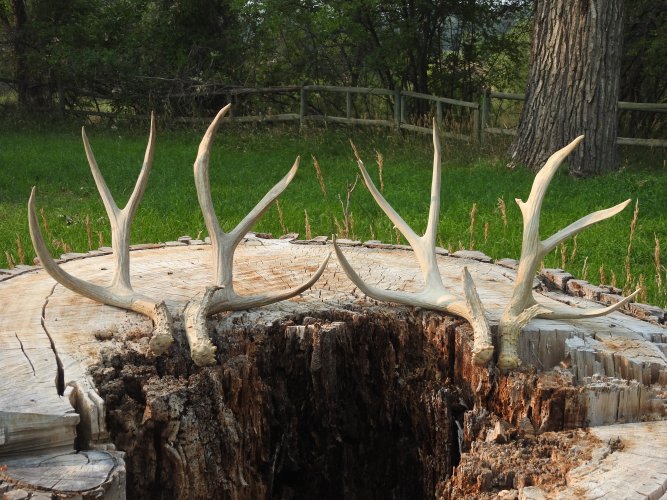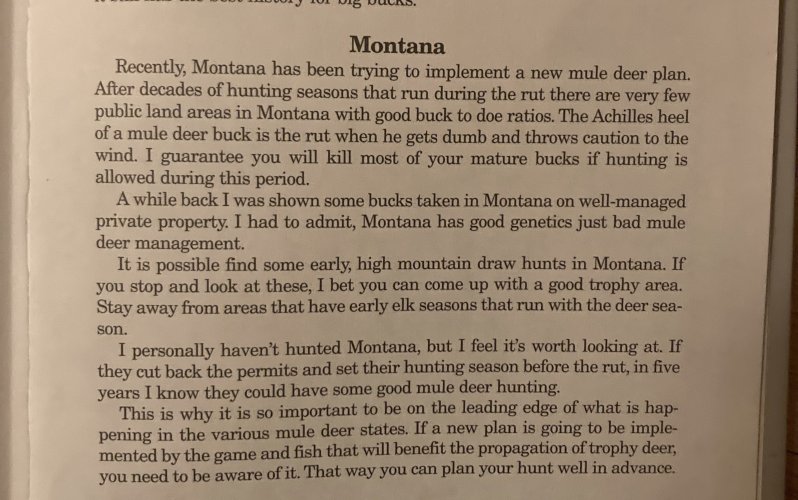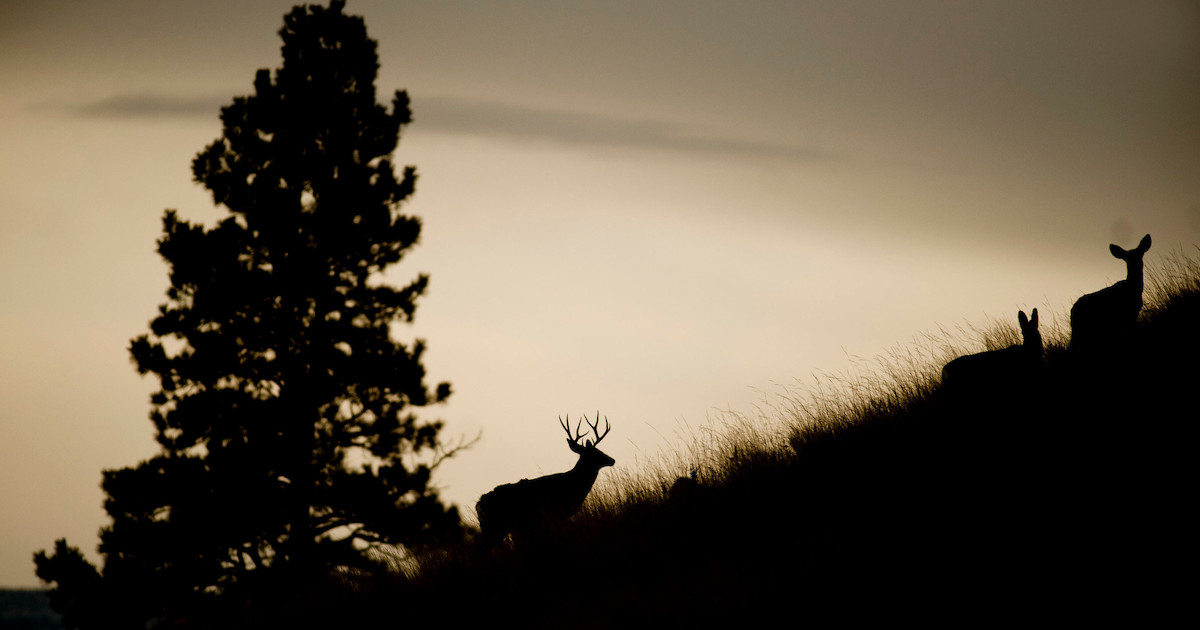D
Deleted member 52937
Guest
Yeah to me it looks like a 125-130” deer held way up to the camera with the ears propped back. His body looks small. His face looks kind of old but idk, I was just curious if someone had a better idea how to tell when afield. I’ve passed a lot of #oldwarriors unintentionally, thought maybe I could learn something and start culling some of these bucks in the future.







